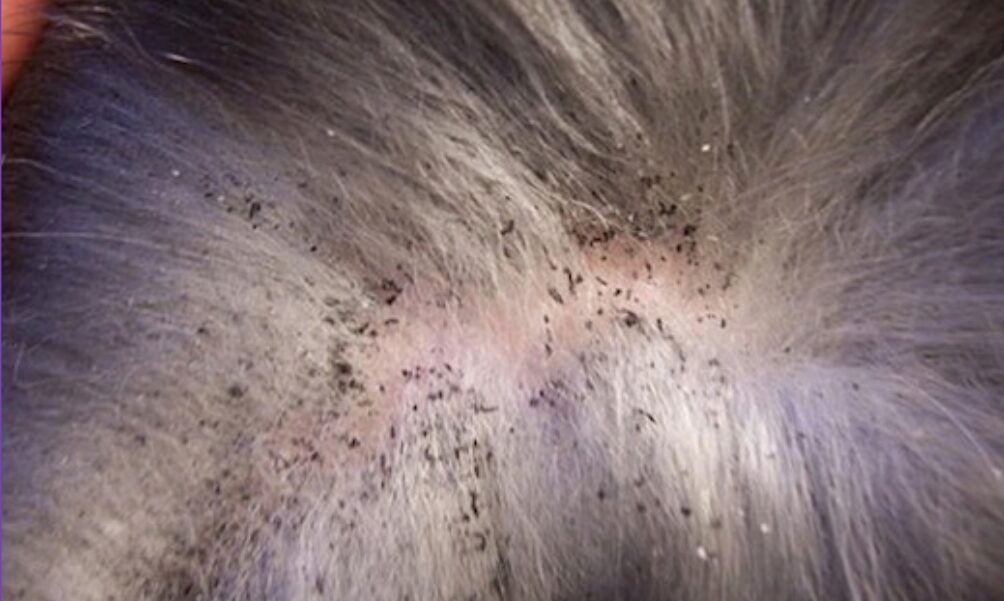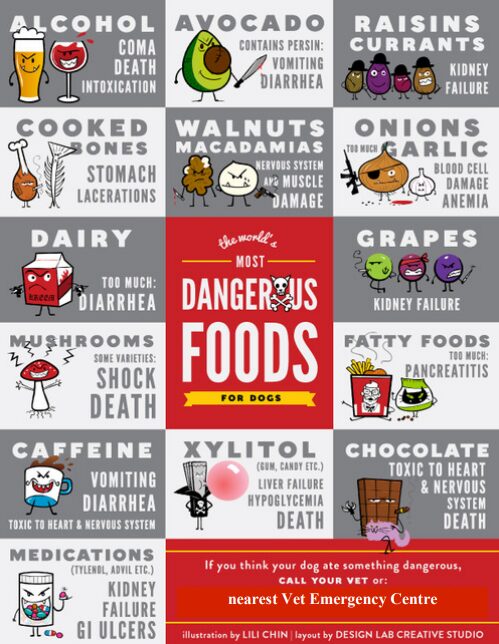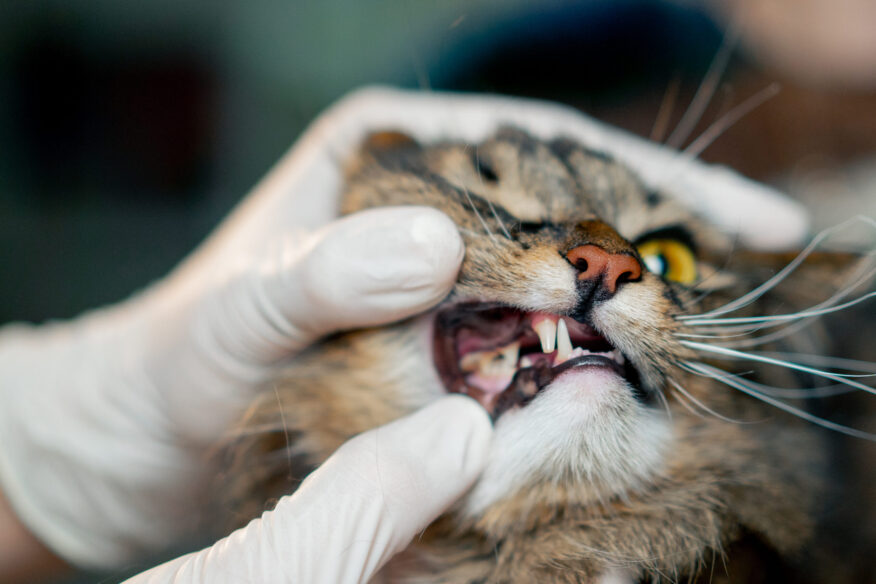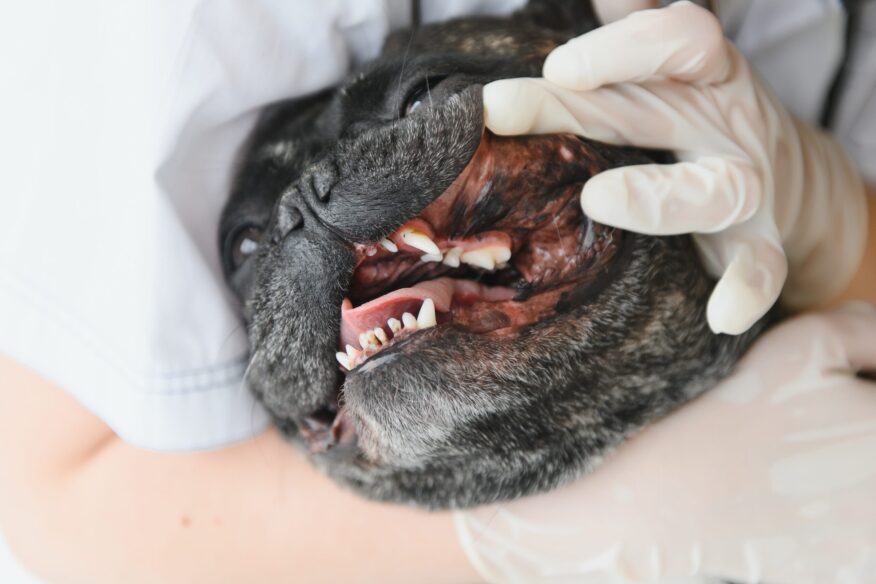TRAVELLING IN CARS WITH PETS
Going on holidays with pets is fun, however the car trip can quickly become a nightmare if your pet
suffers from travel sickness. It is important to know what the signs of motion sickness are and how
to prevent it from happening.
Dog motion sickness symptoms:
- Excessive drooling
- Vomiting
- Inactivity / listlessness
- Yawning
- Whining
Cat motion sickness symptoms:
- Excessive drooling
- Crying out in distress
- Immobility
- Vomiting / regurgitation
- Weeing / pooing
To avoid your animal getting sick, it is important to use correct restraint. A car harness, dog crate, or even a lead tied to the footwell of the backseat, reduces movement and safely secures you dog Make sure that your dog faces forward, and open the windows for fresh air and ventilation. Do not let your pet ride in the front passenger seat; it can be dangerous for the driver and for the dog because of the airbags.
Cats should always be put in a cat carrier when travelling.
Motion sickness is often caused by anxiety and stress. There are a few conditioning techniques to desensitise your animal from anxiety. Try using different cars, spending time near or in the car with the engine off, using treats and toys, and taking short trips around the block and to places your dog likes. Do not feed your pet a big meal before hitting the road to reduce nausea.
In some cases, anti-anxiety or anti-nausea medications may be the best solution. Please discuss this
option with your vet to see if it’s the best option.
If you would like more information about motion sickness or if you believe your pet is suffering from it, please call the clinic on 9797 2555 to book an appointment and one of our vets will be happy to help you.
STORM AND FIREWORKS
New Year’s Eve is approaching. For us it means fun but for your pet it can be a scary negative experience as it means bright lights and unpredictable loud noises. On top of that, summer is also the season of thunderstorms. This time of year can cause severe distress in your pet. Any loud noises can scare your pets tremendously and their first reactions will be to run away as far as possible. By running terrified, they can hurt themselves and end up in unfamiliar places,
suburbs, not being able to go home.
Pets don’t tend to overcome their fear of noises, most often the problem gets worse every time they get exposed to it.
There are a few ways you can avoid your pet to get hurt or lost during thunderstorms or fireworks.
First, your pet needs to feel as safe and comfortable as possible at home. So keep him inside in familiar places, close the windows and curtains and avoid any loud noises. You shouldn’t excessively cuddle/console them as it can make them believe you are worried and they could become even more scared. A firm hug is fine but no big fuss. Just act like nothing is wrong, you can even play games with them but never punish your dog for being scared.
You could also use some desensitisation techniques to fireworks and thunderstorms. Basically they are some behaviour modification training sessions that can help overcome the fear your animal may have. It works by playing firework or thunderstorm sounds at a low level first and trying to make your animal familiar and comfortable to those noises. However it is a long-term strategy and can’t be fixed overnight.
In order to calm your pet down you can also use products containing pheromones to spray on your pet’s bed/favourite places. The products used are made with synthetic copies of the natural appeasing pheromones. Those pheromones have been scientifically proven to reduce the behaviour of pets that comes from anxiety or stress. We have these products available for sale in the clinic.
Finally some anti-anxiety medication could also help if nothing else works. Please speak to one of our vets to prescribe you the right medication. Very importantly don’t forget to microchip your pet to ensure your animal can be identified if they go missing.
HEATSTROKE
Heatstroke in dogs is a very serious condition as it can escalate quite quickly into an emergency situation and can even be fatal in some cases. Dogs are not as efficient at releasing heat as we do because they can’t sweat like us. Panting can help them release some heat but for it to be effective, the air around the dogs needs to be cooler than their own body temperature. Dogs suffer from heat stroke when they are unable to cool down and their body temperature gets really high. It is important to know how to prevent and treat your dog if he experiences heat stroke as it can save your pet’s life.
The signs of heatstroke are:
- Panting excessively
- Noisy breathing
- Lethargy /Weakness
- Muscle tremors / Wobbly movement
Some extreme signs can include vomiting and diarrhea, seizures and collapse.
If you see signs of heat stroke keep your dog as cool as possible using cold water, wet towels or even ice and call your vet immediately. Puppies and older dogs are most at risk as well as overweight, ill or dehydrated dogs or dogs with narrow airways.
Dogs with short faces like bulldogs, and dogs with fat faces like staffies, must NOT be walked in the heat.
Here are a few tips to prevent your pet from suffering on hot summer days:
- Keep them indoor or provide plenty of shade outside.
- Keep your dog hydrated, provide plenty of water or even ice cubes.
- Avoid mid-day walks as they may overheat or burn their paws on hot surfaces.
- Brush loose hair from your dog regularly or consider clipping them.
- Do not leave your dog in the car, they can become like ovens and it only take a few minutes for the animal to overheat. If you have no choice, park in the shade, open all windows a couple of inches and don’t leave them for more than a few minutes!
- Take precautions at the beach, provide shaded areas and avoid or limit them from siting directly on the burning sand
Please don’t hesitate to call us if you have any questions.
FLEAS
Fleas are a nuisance to dogs, cats and even humans all year long. In summer, the warm weather increase the rate of the flea reproductive cycle resulting in an increase number of fleas.
Fleas can affect our pets in different ways, some can have no signs at all even when they have a large number of fleas while
some can be allergic to the flea’s saliva and can scratch excessively from just one bite (called flea allergy dermatitis).
Fleas feed by ingesting blood from your pet, then they digest it and excrete it as flea dirt.
You can check if your pet has fleas by looking for the flea itself using a flea comb or by looking for flea dirt in its coat (dark clumps on your pet) like on this image

We have a great 4 page hand-out on How to Beat Fleas!
It will teach you about their life-cycle and what you can do to get rid of them.
TICKS
If you take your pet to the coast or the farm for holidays it could be fatal!
The Paralysis Tick is very common in bushy areas especially on the coast. These tiny little creatures drop onto your pet when they go exploring in the bush. Then ticks suck your pet’s blood & inject toxins into them. The effects of these toxins cause difficulty breathing (especially in cats) and paralysis (especially in dogs).
PLEASE check with us for the best protection before taking them in to danger.
Prevention is always better than cure.
CHRISTMAS GLUTTONY
Many festive and summer foods can cause huge problems if our pets eat them.

And don’t forget:
- Macadamia Nuts
- Tinsel
- Corn Cobs
- BBQ skewers
This list isn’t exhaustive, feel free to contact us if you have any questions or concerns.




